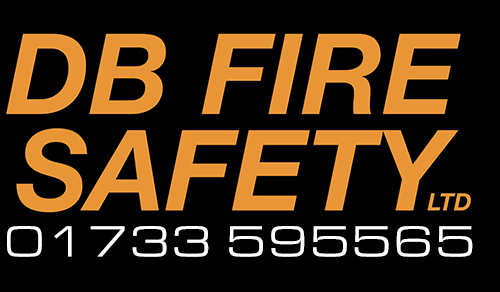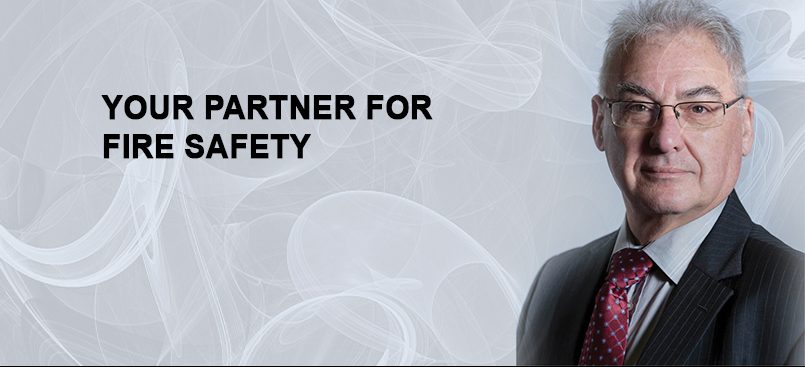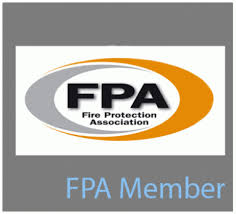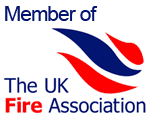Electricity is a reliable form of energy that’s essential in our modern and technology-filled lifestyles. It provides light, it cools our homes on hot summer days and heats them in winter. And, where would we be in our digital world if we were unable to charge our devices.
Electricity can be hazardous and research states that two-thirds of all accidental house fires involve electricity. According to http://www.fireprotectiononline.co.uk, in 2013-14, accidental dwelling fires caused by electrical appliances resulted in 680 non-fatal casualties and 18 deaths. Cheap replacement chargers are a common source of fire in our homes mainly because they don’t conform to our strict safety standards.
Don’t be taken in by a cheap price. If it seems too good to be true, then it usually is. Criminals are clever. The chargers may look like the real thing but will be low in quality and the appliances will not have gone through the rigorous checks required to meet British safety standards. Not only could the appliance present a fire risk but there is also the chance of electrocution.
- Switch off all electrical items before you go to bed or leave the house.
- Do not leave a charger on overnight. You will you be wasting energy and the charger will overheat and this is where things can turn nasty.
- There are visual checks you can make – make sure that all plugs, sockets and cables are in good condition. Any concerns, unplug them immediately. Before re-using, get a professional in to check out the problem.
- Do not overload sockets. Do not exceed the rating of 13A – any doubt, again, ask for professional advice.
- Only use electrical appliances within the manufacturer’s guidelines. Register your product with the manufacturer because, as with the recent tumble dryer scare, you will be advised of any product recalls in the event of a product defect.
What to do in the event of an electricity fire. If there’s time and it’s safe to do so, turn off the electricity supply. If you have a CO2 extinguisher then this is the extinguisher to use for electrical fires. Powder fire extinguishers can also be used. The best and safest option, however, is to dial 999.
DB Fire Safety recommends that it’s best to prevent a fire in the first place by being responsible.
For more information on the history of electricity, please visit – http://instituteforenergyresearch.org




 homes. As may already know, it is an individual’s right to continue to smoke when in care.
homes. As may already know, it is an individual’s right to continue to smoke when in care. complied with instructions from the region’s fire service to make the hospital safe.
complied with instructions from the region’s fire service to make the hospital safe. starts in an enclosed space. such as, for instance, a residential care home, the smoke rises and is trapped by the ceiling. The smoke has to go somewhere and will spread in all directions. An ever-deepening layer will form and eventually cover the entire room space. Smoke will pass through any holes or gaps in the walls, ceiling and floor leaching out into other parts of the building. As you can imagine, the heat from the fire then gets trapped in the building and the temperature rises.
starts in an enclosed space. such as, for instance, a residential care home, the smoke rises and is trapped by the ceiling. The smoke has to go somewhere and will spread in all directions. An ever-deepening layer will form and eventually cover the entire room space. Smoke will pass through any holes or gaps in the walls, ceiling and floor leaching out into other parts of the building. As you can imagine, the heat from the fire then gets trapped in the building and the temperature rises. As a result of a building fire, we hear that the casualties have been taken to hospital because of smoke inhalation. You might be thinking that this isn’t so bad. But this isn’t the case because smoke contains toxic gases which are injurious to people. A building with modern fittings and materials generates smoke that is thick and black. The smoke will obscure vision and will cause great difficulty in breathing.
As a result of a building fire, we hear that the casualties have been taken to hospital because of smoke inhalation. You might be thinking that this isn’t so bad. But this isn’t the case because smoke contains toxic gases which are injurious to people. A building with modern fittings and materials generates smoke that is thick and black. The smoke will obscure vision and will cause great difficulty in breathing.
 fire safety regulations.
fire safety regulations. have been called out to properties in Gainsborough, Grantham, Lincoln and Sleaford. It was reported that one of the fires was caused by a man cooking some lamb chops which he left unattended. Two more involved chip pans which had caught fire.
have been called out to properties in Gainsborough, Grantham, Lincoln and Sleaford. It was reported that one of the fires was caused by a man cooking some lamb chops which he left unattended. Two more involved chip pans which had caught fire.


 tenants.
tenants.